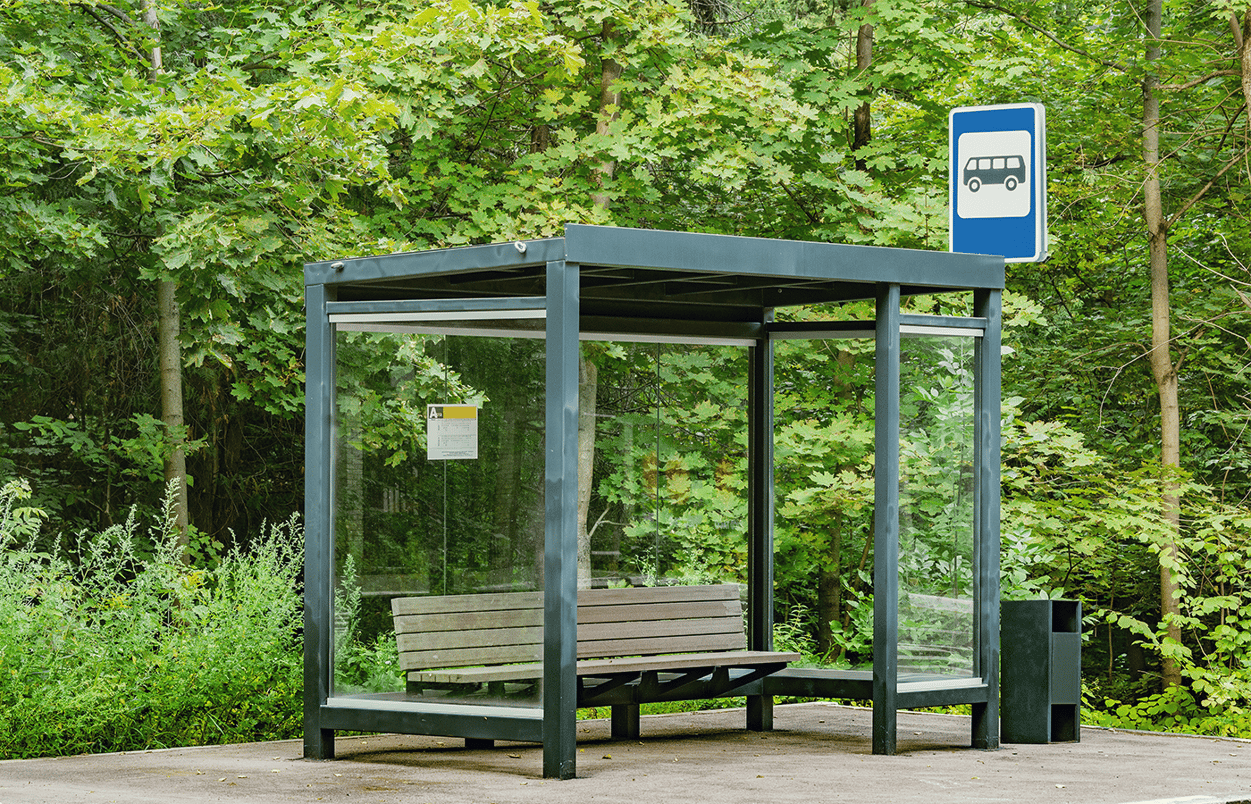Public transport in the United Kingdom has long been headed for a crisis. With ridership on a slow decline and funding chipped away year after year, bus networks had been significantly weakened long before COVID-19 arrived to accelerate the process. Indeed in England, the government first committed to publishing a National Bus Strategy in September of 2019, though the particulars of the strategy and individual authorities’ bus service improvement plans (BSIPs) have been tied up with the pandemic. We see that the fate of that strategy now hangs in the balance, as available funding appears dramatically oversubscribed and authorities must get creative if they still want to deliver the innovative reforms laid out in their BSIPs.
At a funding cliff, authorities worry about the fate of their BSIPs.
Even as COVID-19 drove even more people out of buses and into private cars — not only disastrous for the environment, but a known exacerbating factor in social inequity — support packages tied to the pandemic have masked the true extent of the funding crisis for many transport networks. Bus recovery funding, which has propped up commercial bus routes as they struggle to return to financially-viable passenger levels, has artificially frozen many bus networks in place. With funding due to run out this March, these networks are likely to collapse if not offered additional relief — but from where? There is real danger that they will raid the funds set aside for the National Bus Strategy, depleting money meant for transformational change to maintain the status quo. They have already done so: authorities recently learned that of the £3 billion initially promised, only £1.2 billion will be available to fund their BSIPs, with the remainder having already gone toward emergency funding or set aside for bus electrification projects.
Though keeping bus networks afloat during an unprecedented health crisis and upgrading our fleets for a greener future are both worthy projects, the money spent will ultimately prove inefficient in absence of real, meaningful changes to bus networks. Measures to draw people back to public transport are critical: increasing frequency on high-traffic routes, offering end-to-end journey planning and ticketing to facilitate multimodal trips, introducing DRT in areas where rural or low-traffic bus service has proven unsustainable. In other words, if people continue to eschew buses in favour of private cars, it matters very little that those buses are electric.
Seventy-nine transport authorities throughout England have submitted BSIPs requesting a total of £7 billion in funding. With Bus Back Better money at the government’s discretion, and based on alignment with government goals, authorities have long known that some regions’ BSIPs will come out ahead of others. But the shortfall between available and requested funding is larger than anyone anticipated, and raises the possibility that even authorities who “win,” as compared to others, will be left with insufficient funds to achieve the kinds of ambitious transport overhauls described in their BSIPs. Transport advocates fear that these authorities will be reduced to simply tinkering with their existing networks, forestalling decline rather than rebuilding.
Bold changes and creative thinking are still the way forward, even with reduced funding.
Yet all is not lost. Reduced funding may reduce ambitions — but we have seen how it can also fuel and hone them. There have been recent examples throughout the United Kingdom of authorities who have been able to deliver meaningful change for their passengers in absence of additional funding, suggesting that creative thinking — which abounds in BSIPs — can itself remake our bus networks.
In Milton Keynes, where subsidised bus routes faced the same financial pressures as other cities throughout the country, the authority is expected to save more than £1 million by replacing these routes with a DRT solution forming an integrated network with the commercial fixed route services that remain. In Sevenoaks, Kent, traditional buses equipped with DRT software carry double the passengers at less than half the cost of running a fixed route network.
By thinking beyond traditional modes and funding structures, authorities can still implement the kinds of substantive changes envisioned in Bus Back Better. The true legacy of the National Bus Strategy may be the creativity and ambition fostered among authorities who, even in absence of transformative funding, are able to reconceive their transport offerings in the manner of Milton Keynes or Sevenoaks. Lack of funding may result in deprivation or invention — but it is likely that the energy and forward-thinking demonstrated in the BSIPs can tip the balance toward invention. As the next few months of 2022 unfold, we look forward to seeing what can be delivered within this new culture of transport innovation.





%206.png?width=71&height=47&name=The%20Buzz%20Blog%20Hero%20(1750%20x%201200%20px)%206.png)